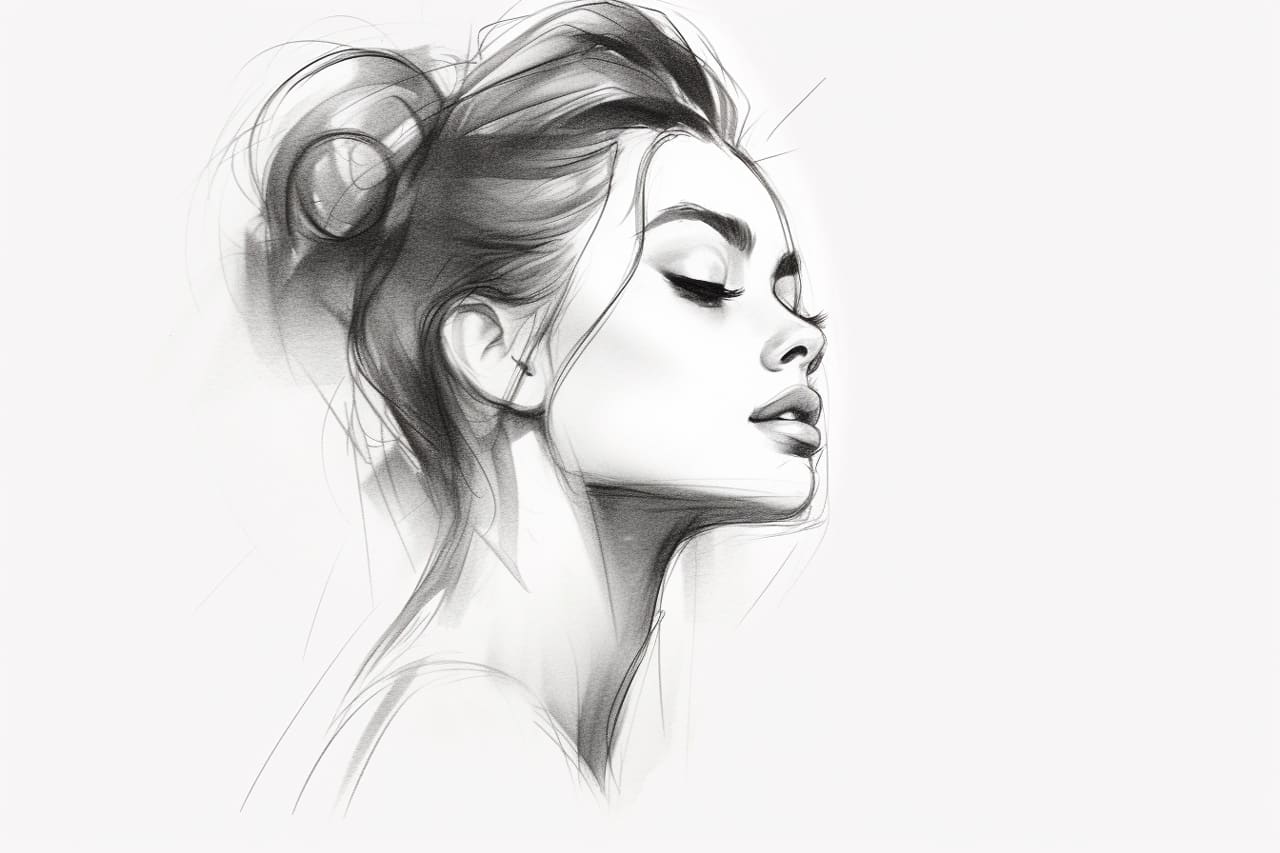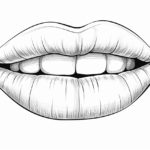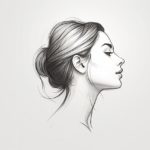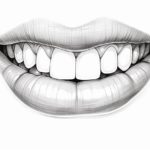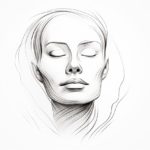Drawing the human face can be a challenging task, but with practice and step-by-step guidance, you can master each individual feature. In this tutorial, we will focus on drawing a chin, an essential part of capturing the likeness and structure of a face. Whether you are a beginner or an experienced artist, this guide will provide you with the necessary steps to draw a realistic and proportionate chin.
Materials Required
Before getting started, gather the following materials:
- Pencils (HB, 2B, and 4B)
- Drawing paper or sketchbook
- Erasers (kneaded eraser and a regular eraser)
- Blending stump or cotton swabs
- Ruler (optional)
Having these materials ready will ensure that you have everything you need throughout the drawing process.
Step 1: Observing the Basic Shape
Begin by observing the basic shape of the chin. Remember that the shape of the chin varies from person to person. Some chins may be more pointed, while others may be more square or rounded. Take a moment to observe the specific shape you are trying to draw.
Step 2: Drawing the Guidelines
Using a light pencil, lightly sketch two curved lines to represent the width and height of the chin. These lines will act as guidelines to help you maintain the proportions of the chin while you work. Adjust these lines as needed until you are satisfied with the overall shape.
Step 3: Outlining the Contour
Next, start outlining the overall contour of the chin. Pay attention to the way the chin connects to the jawline and the shape it creates. Keep your lines loose and light at this stage, as you may need to make adjustments later. The contour should capture the general shape and volume of the chin without getting into too much detail.
Step 4: Adding the Shadow Areas
Identify the areas of the chin that are in shadow. The shadow areas usually include the area beneath the lower lip and along the jawline. Using a softer pencil, such as a 2B or 4B, add shading to these areas. Start with light strokes and gradually build up the darkness as needed. Pay close attention to the reference or the subject you are drawing to ensure accurate placement of the shadows.
Step 5: Defining the Lower Lip
The lower lip plays an important role in the overall appearance of the chin. Pay attention to its size and shape as you draw. Use a darker pencil to define the contour and add shading to the lower lip. Remember that the lower lip often casts a subtle shadow on the chin area beneath it, so be sure to capture that as well.
Step 6: Blending and Smoothing
To create a more realistic and seamless appearance, use a blending stump or a cotton swab to gently blend the shading and smooth out any harsh lines. This technique helps to soften the transition between the light and dark areas of the chin, creating a more realistic three-dimensional effect. Be mindful not to blend too much, as you still want to maintain the texture and form of the chin.
Step 7: Refining the Details
Now it’s time to refine and add more details to your chin drawing. Use a pencil with a sharp point to add any necessary lines, shadows, or highlights. Pay attention to the subtle curves, creases, or indents that may exist on the chin. Remember to observe your reference or subject carefully to ensure accuracy.
Step 8: Adjustments and Final Touches
Take a step back and evaluate your drawing. Are the proportions accurate? Does it resemble the chin you intended to draw? This is the perfect moment to make any necessary adjustments or corrections. Use your eraser to lighten or correct any areas that need attention. Take your time with this step to ensure that you are satisfied with the final result.
Conclusion
Drawing a chin may seem like a small component of a larger portrait, but it plays a significant role in capturing the likeness and structure of the face. By following these step-by-step instructions, you can create a realistic and proportionate chin that adds depth and personality to your drawings. Remember to practice regularly and pay attention to the unique qualities of each individual’s chin. With time and dedication, you will become more confident in drawing this essential facial feature.
Now that you have learned how to draw a chin, it’s time to apply these techniques to your own artwork. Practice sketching different chin shapes and experiment with various shading techniques to further refine your skills. Keep in mind that drawing takes practice, so don’t be afraid to make mistakes and learn from them. Embrace the process, and soon you will be able to draw chins with ease and confidence.

